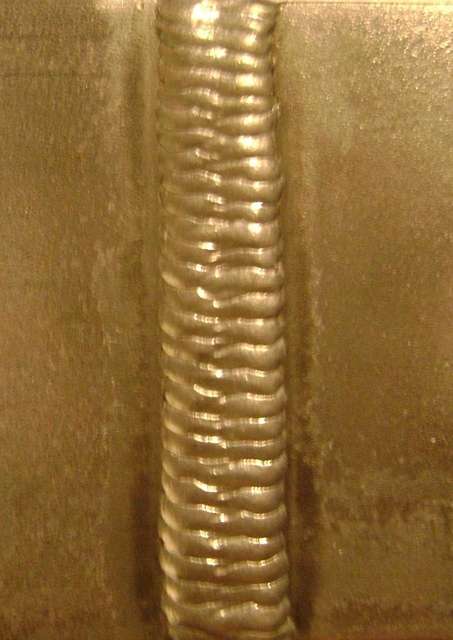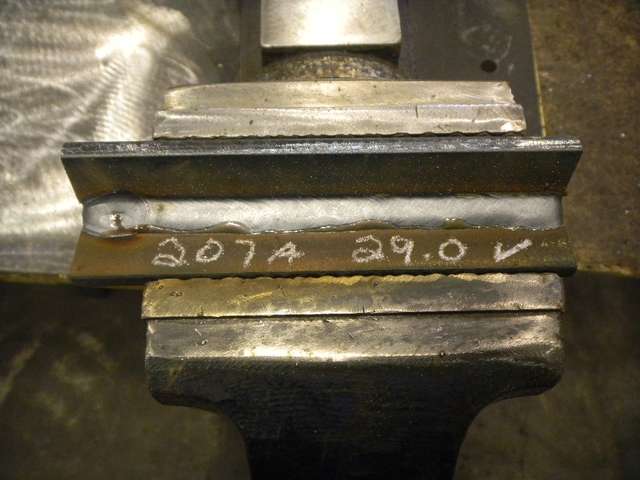What I find interesting is that I can weld better with a stick than I can a wire feed. My sons can weld better with the wire feed than a stick. May be it is just what you learned to weld on.
I have tried to push the weld like they show. I actually have a hard time seeing the weld this way. I usually can do better by just dragging it like I always do. I get strong welds but they are not a smooth weld. I can actually get a smoother weld with a 6013 or 7018 than I usually can with a wire feed welder.
My wire feed welder is a Miller 252 right now. I have had others but I still had the same issues. I know it is me not the welder. My sons can pick it up and make smooth welds.
Also I have had my state certification for many years. So I am not a novice to welding but just not as good with a wire feed as I would like. I also would like to try TIG welding some time.
I have tried to push the weld like they show. I actually have a hard time seeing the weld this way. I usually can do better by just dragging it like I always do. I get strong welds but they are not a smooth weld. I can actually get a smoother weld with a 6013 or 7018 than I usually can with a wire feed welder.
My wire feed welder is a Miller 252 right now. I have had others but I still had the same issues. I know it is me not the welder. My sons can pick it up and make smooth welds.
Also I have had my state certification for many years. So I am not a novice to welding but just not as good with a wire feed as I would like. I also would like to try TIG welding some time.





